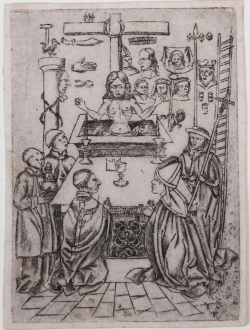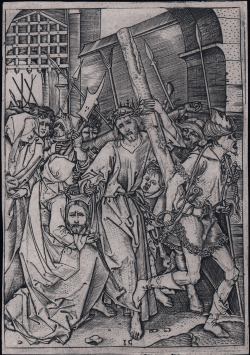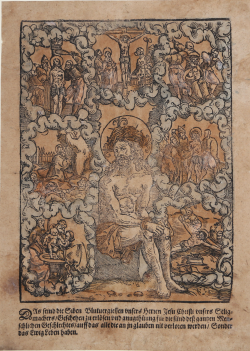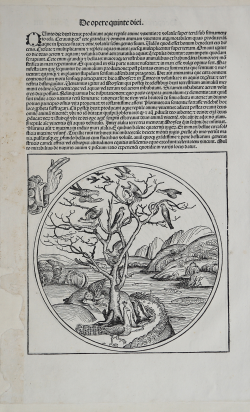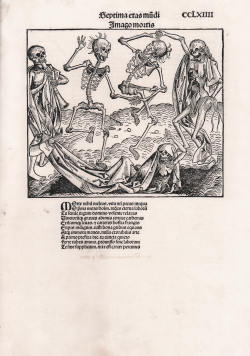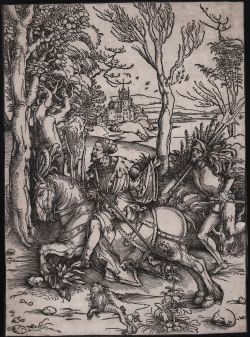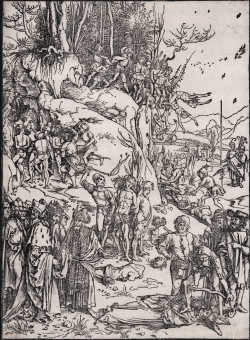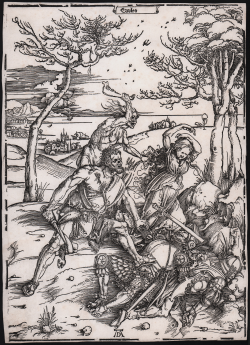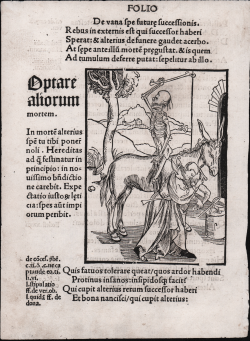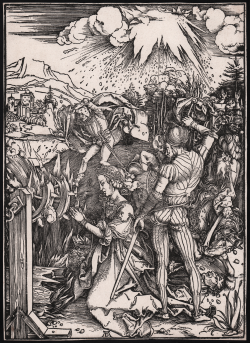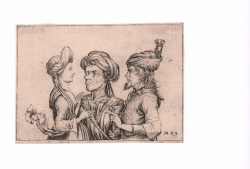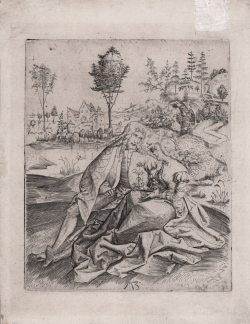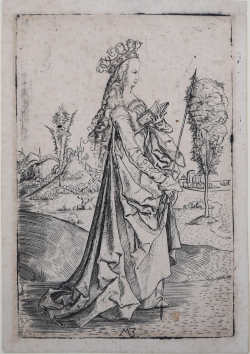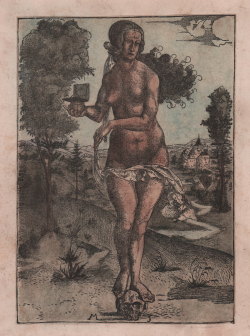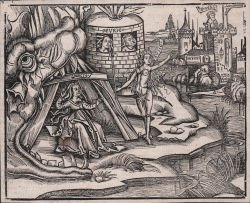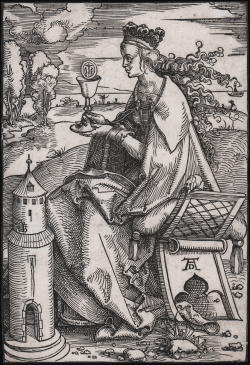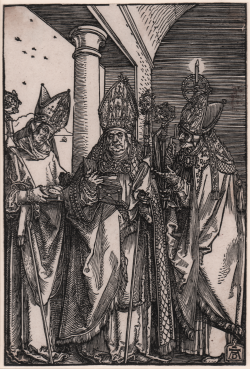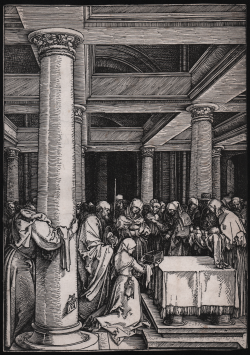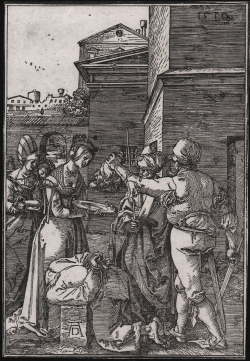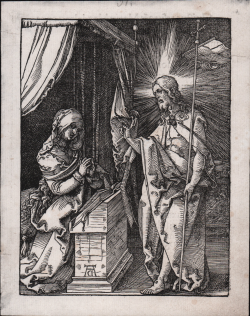Cristo porta la Croce
Monogrammist IC Monogrammista IC
Riferimento:
S40261.18
Misure:
113 x 160 mm
Anno:
1480 ca.
Scene della Vita di Cristo
Anonimo - Scuola Tedesca
Riferimento:
S25176
Misure:
214 x 285 mm
Anno:
1490 ca.
Il quinto giorno, la creazione dei pesci e degli uccelli
Bottega di Michael WOLGEMUT
Riferimento:
S11294
Misure:
295 x 465 mm
Anno:
1493
La danza degli Scheletri [Imago Mortis]
Michel WOLGEMUT
Riferimento:
S48893
Misure:
225 x 195 mm
Anno:
1493
Cavaliere a cavallo e Lanzichenecco
Albrecht DURER
Riferimento:
S42524
Misure:
280 x 390 mm
Anno:
1496 ca.
Ercole sconfigge i gemelli di Molione
Albrecht DURER
Riferimento:
S49667
Misure:
280 x 385 mm
Anno:
1496 ca.
Optare aliorum mortem (Nave dei folli)
Albrecht DURER
Riferimento:
S42525
Misure:
150 x 202 mm
Anno:
1498
Il martirio di Santa Caterina
Albrecht DURER
Riferimento:
S45450
Misure:
280 x 390 mm
Anno:
1498 ca.
I due amanti nel paesaggio
Martin ZASINGER (Maestro MZ)
Riferimento:
S5272
Misure:
130 x 155 mm
Anno:
1500 ca.
Giunone invoca la furia di Alletto
Sebastian Brant
Riferimento:
S50255
Misure:
153 x 125 mm
Anno:
1502
San Giovanni Battista decollato
Albrecht DURER
Riferimento:
S49649
Misure:
135 x 195 mm
Anno:
1510 ca.
Apparizione di Cristo alla madre
Albrecht DURER
Riferimento:
S51077
Misure:
100 x 130 mm
Anno:
1510 ca.

